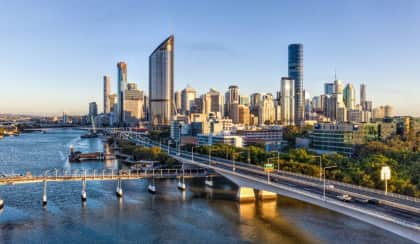Pace of Qld home building keeps up – with the 1980s
The latest building approvals data has cast a shadow over the Sunshine State, throwing its ability to meet ambitious home building targets into question.

The Real Estate Institute of Queensland (REIQ) has painted a troubling picture of the state’s capabilities to build the homes it sorely needs to address the housing supply shortages affecting the state.
“ABS [Australian Bureau of Statistics] building approval data shows we are approving the same number of homes as we did in the ’80s when the population was half of what it is today,” REIQ CEO Antonia Mercorella stated.
Indeed, according to the ABS data, the state was building on average the same number of homes per month throughout the 1980s as it does each month in 2023, while the population has grown from 2.5 million in the 1986 census to 5.2 million in 2021.
With the country planning to build 1.2 million new homes beginning in July 2024, Queensland’s share would account to 245,740 across that period, or 49,148 per year.
Over the past 12 months to September 2023, the state has only seen 33,755 new dwellings granted approval to move ahead.
Ms Mercorella noted that progress in the state’s ambition to ramp up social housing building, and harness strategies such as prefabricated construction, have been equally sluggish.
“Social housing approvals remain static with only 430 approved in the past 12 months, to service Queensland’s rapidly growing population – again, compared to close to 2,000 per year in the 1980s.
“The rate of prefabricated housing being delivered has fallen short of the modest target set of 80 a year, with just two built to 30 June,” she added.
Homes for sale and rent are hard to come by in the state, where the average Brisbane house price soared to $848,752 compared to $567,376 in September 2018, and vacancy rate sits at just 1 per cent.
With housing so tight, Ms Mercorella noted that home ownership is looking increasingly out of reach for those aspiring to buy. The REIQ has long advocated for the state government to address some of the upfront costs keeping the barrier to entry high.
“Stamp duty imposes additional costs on property transactions, which discourages turnover of housing and distorts choices between renting and buying,” Ms Mercorella said.
“Yet stamp duty thresholds have remained static for over a decade, and there’s been no innovative thinking on how we can abolish, if not erode, this major roadblock.”

